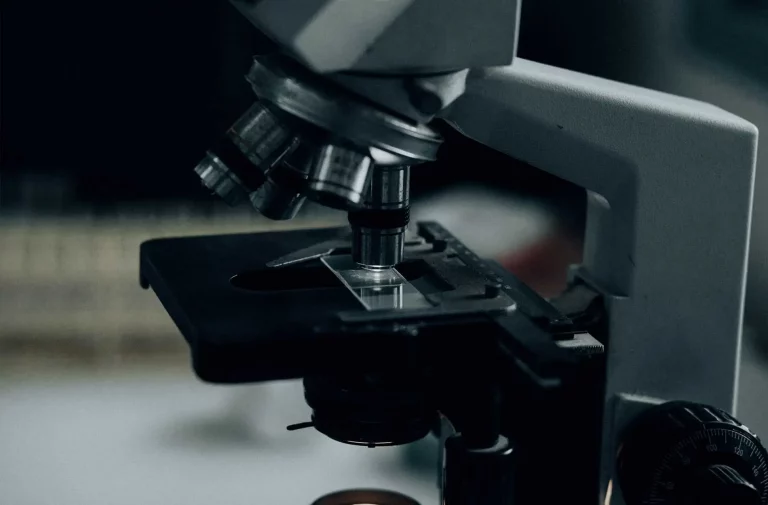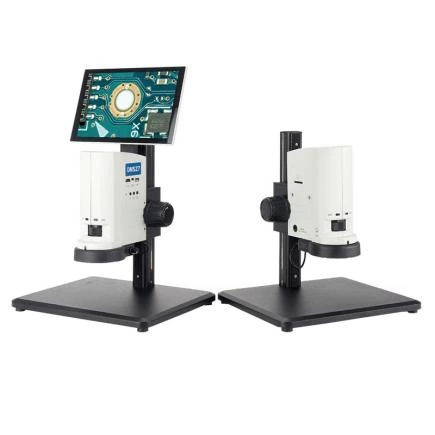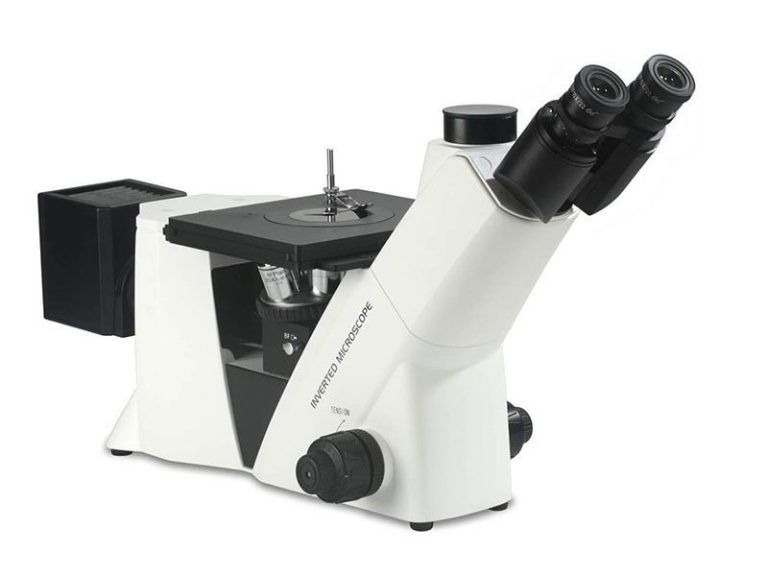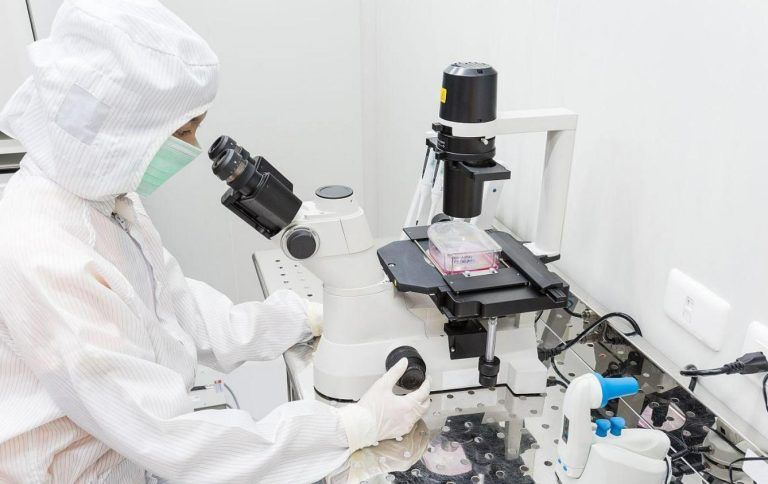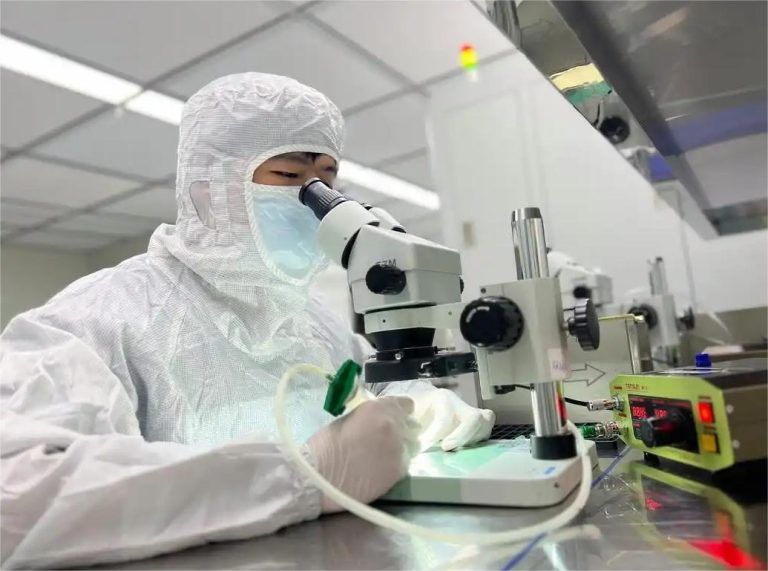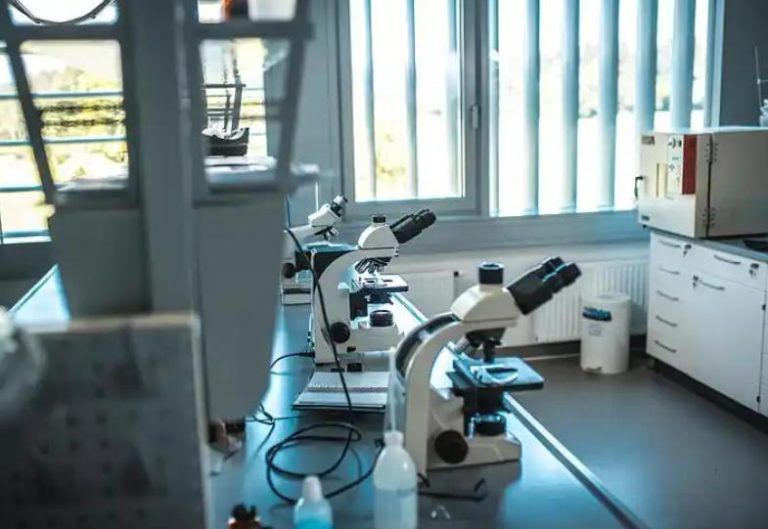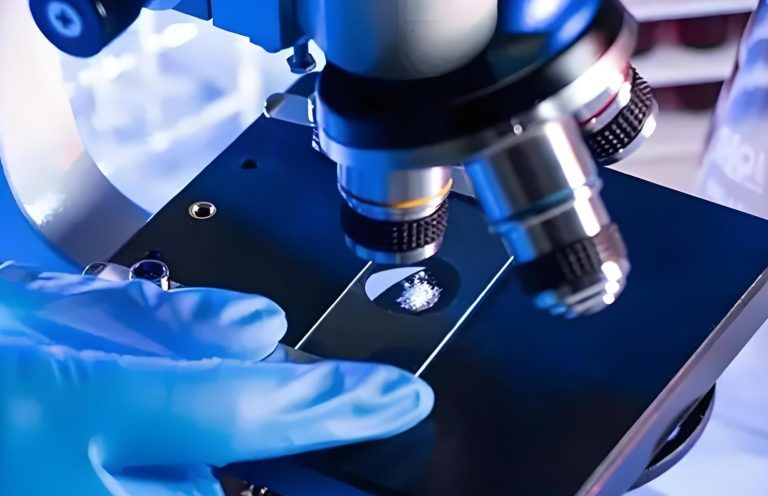What is a Condenser Microscope?
I still remember the first time I sat in front of a microscope during biology class. I thought it was just about putting a slide under the lens and—boom—you’d see everything. But then my teacher said, “Adjust the condenser!” and I froze. Condenser? Isn’t this just a microscope? That’s when I learned: a condenser microscope is…
